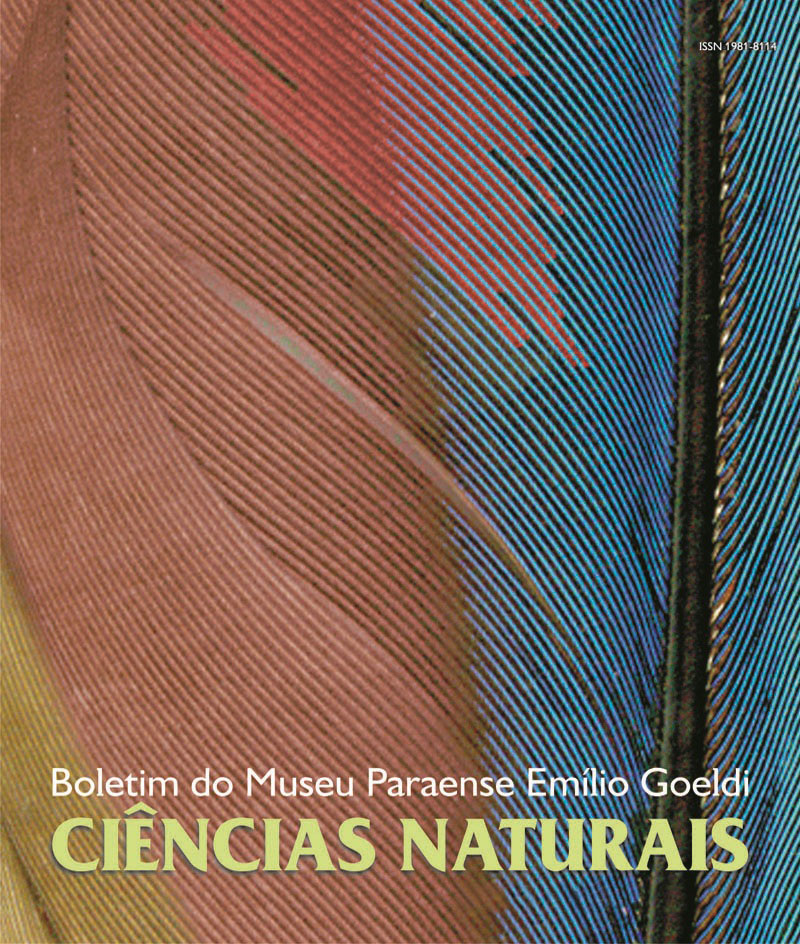Cranial osteology of Penelope superciliaris Temminck, 1815 (Galliformes: Cracidae)
DOI:
https://doi.org/10.46357/bcnaturais.v2i1.712Keywords:
Birds, Penelope superciliaris, Cracidae, Skull, OsteologyAbstract
Endemic of the neotropical region, Penelope superciliaris belongs to the sub-family Penelopinae within the Cracidae. Its taxonomical position in the family is a controversial subject, mainly in relation to other correlated species and with genera as well. Once the morphology of this species is poorly known, the goal of this study is to describe its cranial osteology in order to increase our knowledge of the morphological aspects of the skull of P. superciliaris and gather osteological characters for a future systematic analysis among this species and other Cracidae. The results showed no significant morphological variations among the specimens of P. superciliaris. However, the cranial osteological pattern of this species revealed the following characters: reduced parietal restricted to the caudal portion of the skull; paraoccipital and lateral parasphenoidal processes poorly developed; large supraorbital process; free orbital process with an obliqueangled orientation in the orbit; shallow temporal fossa with an well developed bony aponeurosis; zygomatic process reduced or absent; unfused upper jaw bones; large nasal openings; holorhinal nostril; schizognathous skull; narrow palatines; a well developed vertical plate and laterally compressed vomer; unfused jugal bar bones; reduced mandibular symphysis; the presence of a ridge between the supraangular and dental bones; medial and retroarticular processes well developed. In general, this pattern described for P. superciliaris is similar, except in relation to the size of some structures, to other species of Penelope, Ortalis, and Pipile. This seems to justify the relative position of these taxa within a group, accepted by most authors. However, future osteological studies of the other Cracidae are needed for a better analysis of the relationships among its species including a systematic approach of this group.
Downloads
Published
Issue
Section
License
Publication means fully assigning and transferring all copyrights of the manuscript to the journal. The Liability Statement and
Assignment of Copyrights will be enclosed with the notice of acceptance. All the authors must sign the document and return it to the journal.








